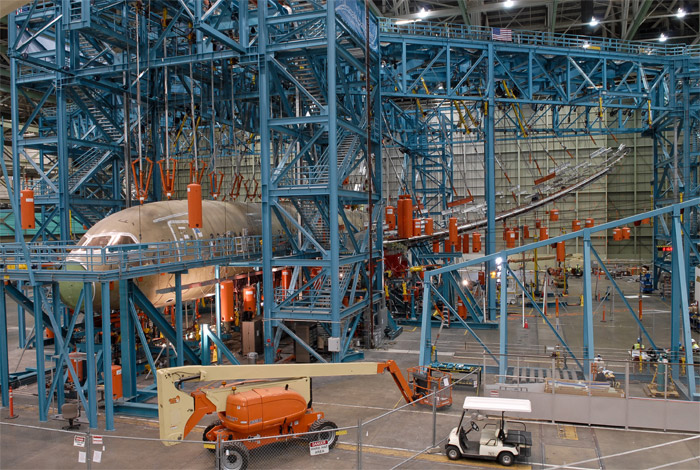Not a guru. Just an enthusiast. But no, it is not necessary to re-test. The test pilots of the manufacturer will tell us the limits of the aircraft and sign an agreement that if we cross those limits and something happens it our fault. Of course it could occur that we cross the limits and discover new things on our own - but that would be "out of contract".suryag wrote:
Shivji and other gurus, whenever we buy new fighters do we put them through spin tests to see if it behaves as advertised ? If we do we should by this time have a large database of how different types of aircrafts(m2k delta) behave for different types of spins
The brits did exactly that to us as this story indicates:
http://www.bharat-rakshak.com/IAF/Histo ... aguar.html
I think that aircraft that have been in service for years may suddenly be put into a situation where something totally new happens. The idea of comprehensive testing is to ensure that this is as unlikely as possible. But everything cannot be tested...since there were serious limitations to unrestricted operation of the aircraft and no tangible solution was forthcoming from BAe, we had to do something. There were several insinuations from BAe: IAF aircraft were being subjected to excessive number of cycles of slat operation. Strictures were passed on IAF maintenance practices, permitting entry of air into the system, during the process of charging hydraulic fluid. The first allegation of excessive slat operation was negated after our Air Advisor in London checked with the RAF and found that their slat operation cycle was identical to that of IAF. The second allegation was negated after it was pointed out that the Jaguar had a self-bleeding hydraulic system and there was no scope for air remaining within the system.



